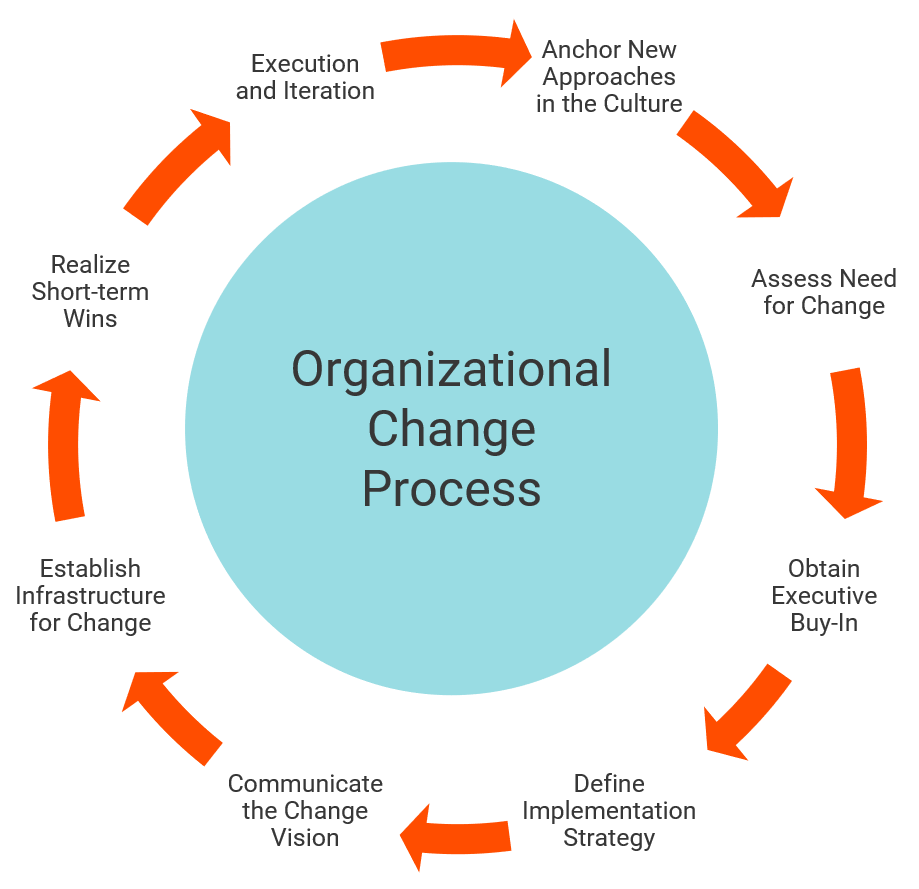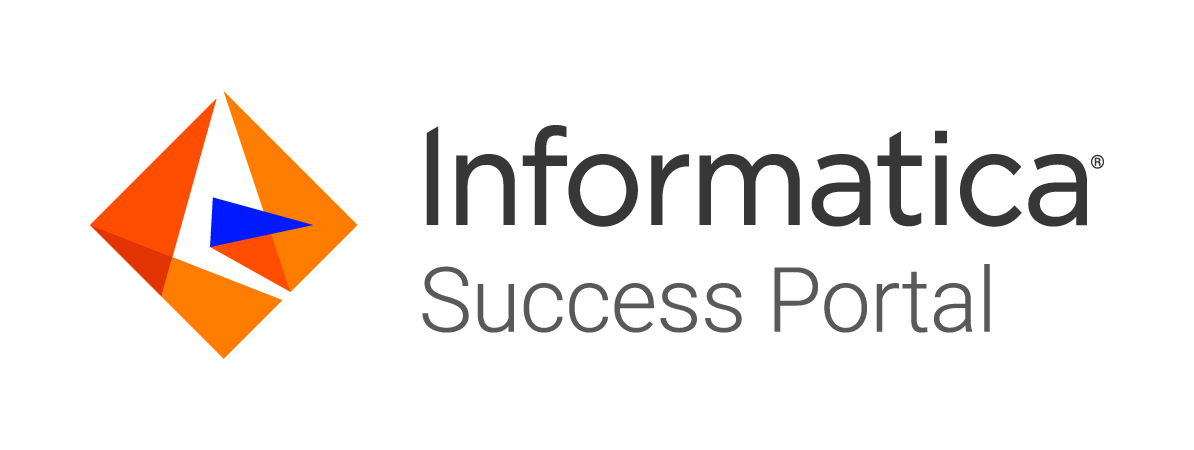Getting Started with Change Management Program Development and Implementation
In the Program & Change Management overview, we discussed why a formal approach to change management is important.
- Organizations are complex entities.
- Introducing change (from technical to process to interactions and roles) introduces disruption and uncertainty.
- Threats to the status quo will lead to opportunities for resistance or entrenchment.
- Changes may result in uncertainty and ambiguity.
- Understanding the sources and types of resistance can help address them.
- Designing a formal Change Management Program will support the initiative’s ongoing success.
Undertaking a formal Change Management Program needs to be a deliberate and staged process.

We’ve simplified these steps into four basic stages that include:
- Assessment: Collect information from various users and levels of authority across the organization.
- Design: Develop an incremental and robust strategy to address information needs, role alignment, targeted centers of resistance, training, and ongoing communications.
- Implementation: Staged approach, individuals involved, support materials required, methods to scale and sustain.
- Roadmap and Next Steps: Set future milestones and timeframes, responsibilities, discrete activities, dependencies, feedback, potential risks, and mitigation strategies.

In this article, we will discuss best practices for conducting a thorough change management assessment.
Approach
Regardless of size, organizations typically are complex. The reason for this is that most enterprises have grown over time to deliver products and services to a targeted set of consumers or clients (could be customers, members, patients, etc.). As organizations evolve and grow they develop pockets of expertise and supporting technologies designed to facilitate and sometimes automate daily business operations and administration. Over time this results in ‘fiefdoms’ of control and expertise, as well as ‘silos’ of applications, data definitions, information, and users.
When we want to change acculturated operations or management, whether it be focused on data management or auxiliary business interrelationships that support sharing and support of understanding, this can introduce threats to the existing culture around day-to-day expectations. What happens to the accumulated expertise? How disruptive will the change be to myself, my team, and others? While the reasons for introducing change may be laudable—improving operational efficiency, upgrading to new technologies, modifying organizational structure to consolidate and integrate expertise—it also introduces uncertainty. This uncertainty needs to be understood, addressed, and deliberately managed to smooth the journey from ‘old’ to ‘new’.
Any type of new program, whether it be Data Governance, Data Strategy or another kind of strategic initiative will need to be elevated to the broader enterprise in regard to:
- Why it is being undertaken
- What is the business and operational value for the initiative?
- How does it create value to those impacted?
- How will it be monitored and measured to assess progress and ultimate success?
Clearly, the priority when undertaking a change initiative needs to be achieving maximum transparency with colleagues. The first step in this larger process is to understand the sources of concern (or other) within the organization, and potential reasons for resistance.
The Assessment
Once the rationale for introducing change has been thoroughly explained to members of the organization, an assessment should be designed to take into consideration opinions of multiple types of employees. This audience should be as broad and comprehensive as possible.
- There are those who may see direct benefits of the change -- quicker time-to-market, higher data quality, integrated systems, etc.
- There are those who may be indirectly impacted who may not have immediate responsibilities such as supervisors in different departments or operational staff, but who will need to develop a plan to alter current operations based on upstream or downstream impacts.
- And there may be yet another group who are directly impacted by the change and need to adjust their scope of responsibilities, their skill level, their roles, responsibilities, etc.
The assessment should take all these types of opinions into account and thus should be administered broadly to get a comprehensive picture of perceptions.

When beginning to design the assessment, consider the change itself. Is this a new department with responsibilities that are new? Is this a change in technology that will deliver goods, services, or data in a new way? Is this a new type of role that will disrupt existing relationships or power structures? For each type of change that is being introduced, ensure that questions cover the direct and indirect—or merely perceived impact—of the change.
Also consider the 5 key dimensions of the organization. These can be categorized (for any type of change) into the following:
- Leadership
- Culture
- People
- Process
- Infrastructure
The end-result of the assessment will enable categorization and quantification metrics based upon these organizational categories (both as baseline metrics and as target achievement metrics). These results will help to guide in the design of an implementation plan as well as in developing a roadmap for sustained success of the change.

Sample types of questions to potentially design into the assessment include:
- Do you think that leadership needs to take responsibility for communicating the reasons for or business value of this change? Why?
- Have those decision-makers sufficiently explained the rationale for the change?
- Do you understand the potential benefits or impacts (positive or negative) of the change?
- Do you think the organizational culture is receptive to the change?
- Does the organization’s culture need to change to sustain this initiative?
- Do people have the skills, experience, and training to help support this change?
- Will this change affect existing processes or relationships?
- In a positive way?
- In a negative way?
- Are there data sources or technical systems that you rely on in your daily business that will be impacted?
- In a positive way?
- In a negative way?
- Have you considered how you can contribute to the success of this change?
- What types of concerns do you have about the impact to you, your role or your working relationships with other teams or individuals?
- How prepared is your business area for this change?
- What will be some important metrics to demonstrate the value of this change?
Depending upon the type of change being introduced, the questions will necessarily be different. Try to be creative and open-minded when designing an assessment survey. This tool will help capture important information that will be relevant in the next stage of the Change Management process - Program Design.
